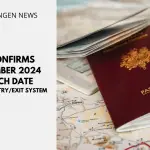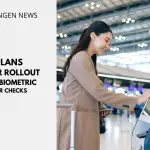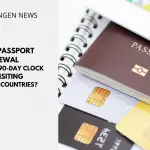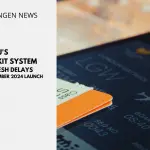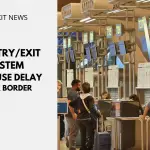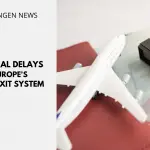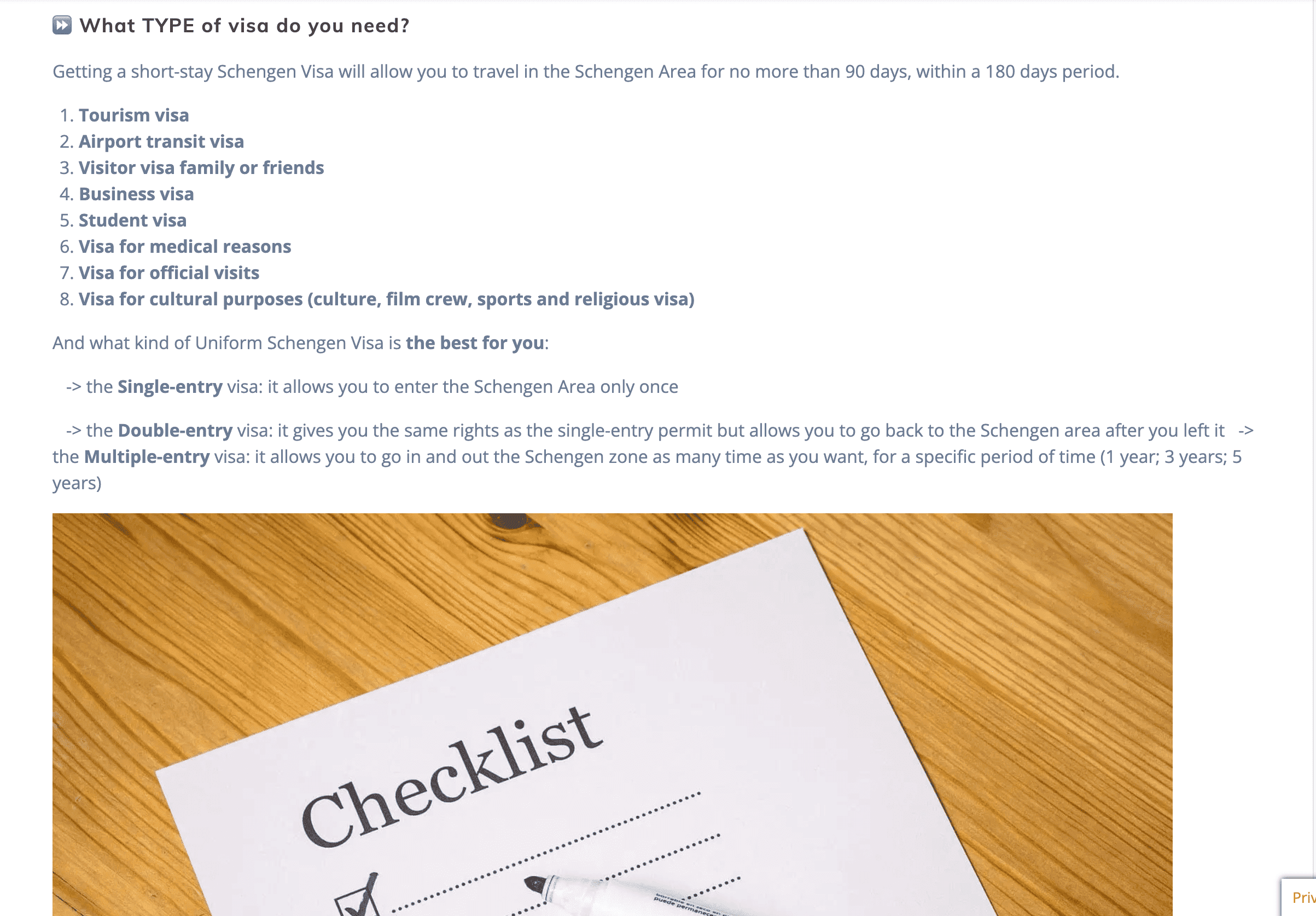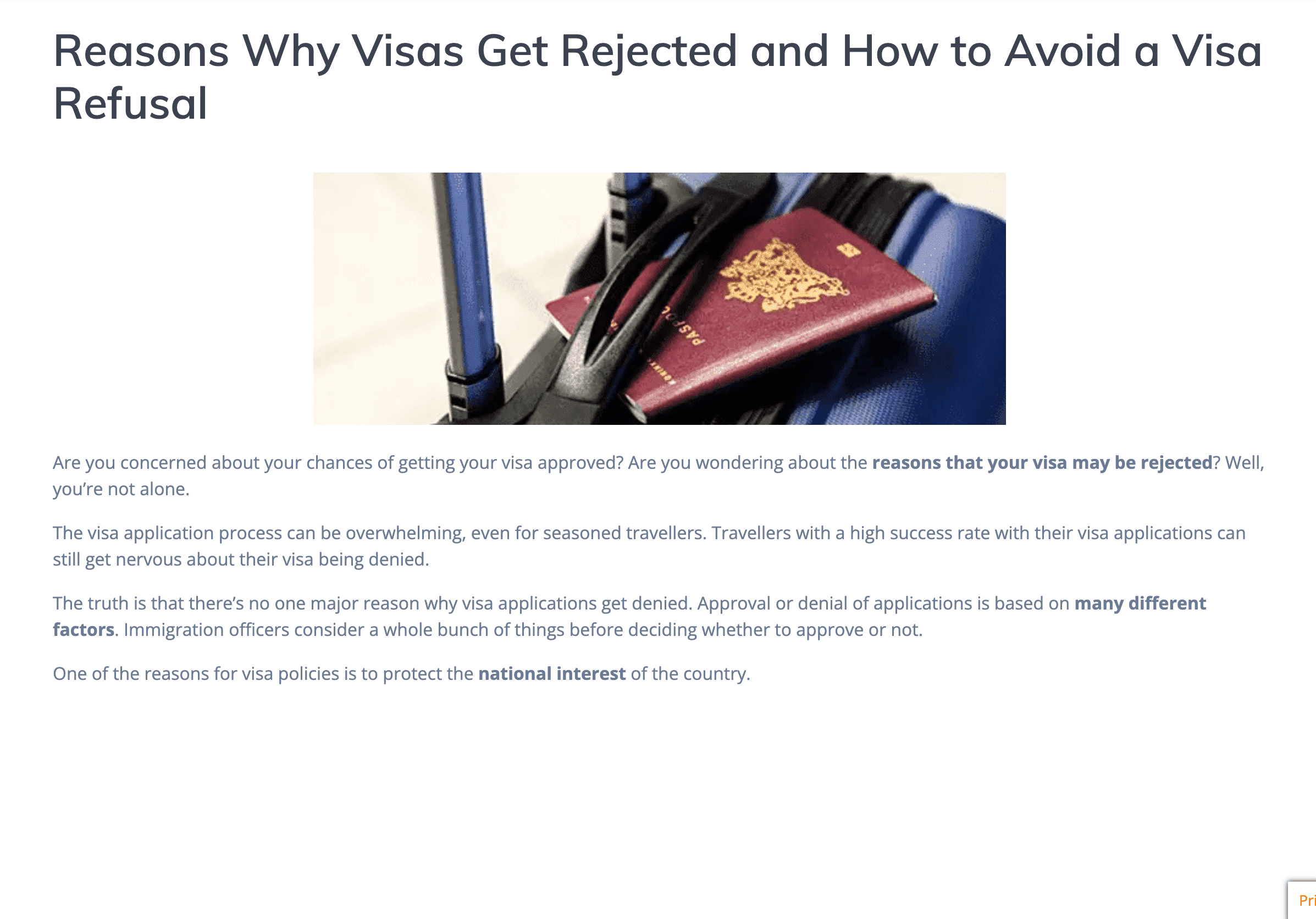End of Passport Stamps: EU’s New Digital Entry System
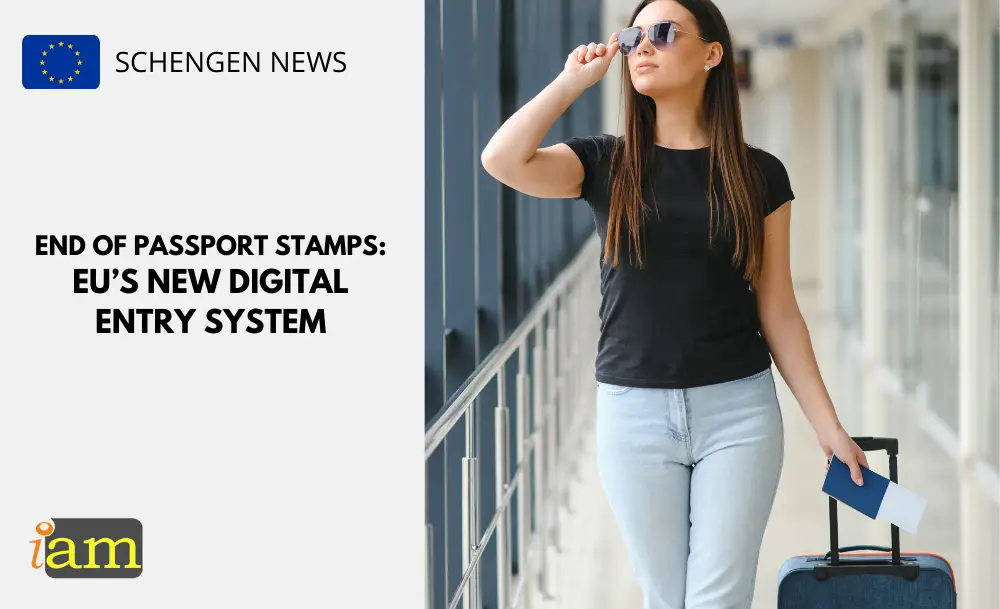
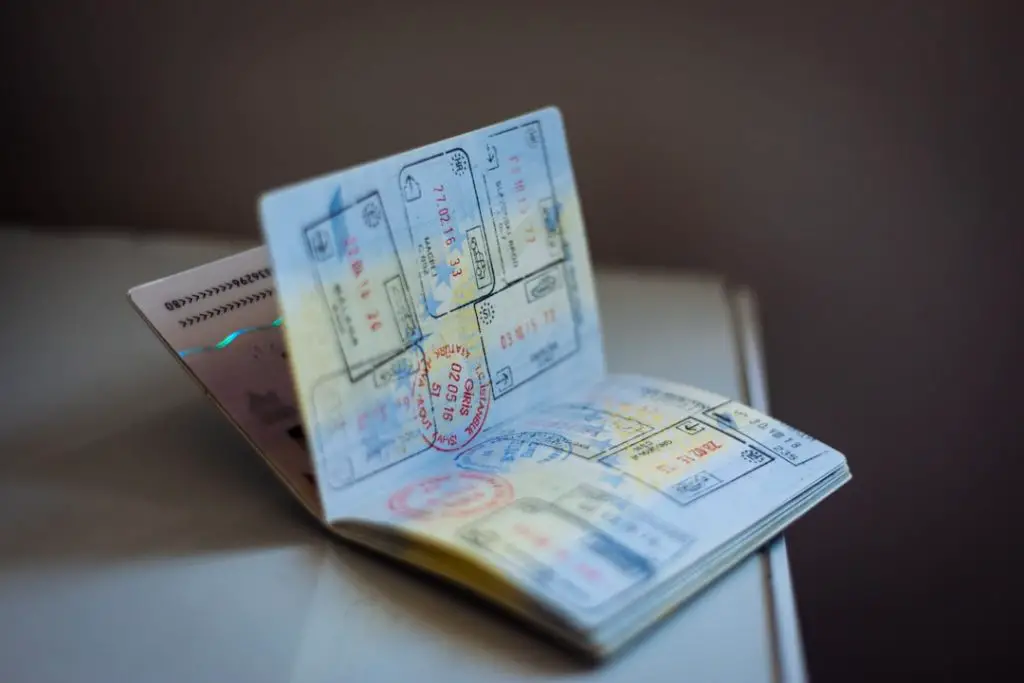
For many travellers, amassing passport stamps when they travel overseas are cherished keepsakes. It is a tangible record of journeys across the globe and a source of pride. Each stamp tells a story, marking the places they have visited, the borders they have crossed, and the adventures they have embarked on.
But in a major shift, these nostalgic ink imprints will soon vanish for visitors entering the Schengen Area, replaced by a high-tech alternative.
The European Union’s new Entry/Exit System (EES) is set to be gradually launched this year, revolutionising how border crossings are tracked. It has been reported that the current manual stamping process is cumbersome, lacks systematic data collection, and fails to effectively track overstayers. The new automated system will digitally register visa-free non-EU visitors, eliminating the need for manual passport stamping.
According to the European Commission’s Department for Migration and Home Affairs, EES will make border control processes more efficient:
“EES will replace the current system of manual stamping of passports, which is time-consuming, does not provide reliable data on border crossings, and does not allow a systematic detection of overstayers.”
What is the Entry/Exit System (EES)?
The EES is an advanced IT system designed to streamline border management and enhance security across the EU. It will record crucial data for every non-EU traveller entering or exiting the Schengen Area, including:
- Personal details: Name and type of travel document.
- Biometric data: Fingerprints and facial images.
- Travel history: Dates and locations of entry and exit.
- Entry refusals, if applicable.
The automated system aims to reduce delays and improve accuracy in tracking travelers' movements. Self-service kiosks and other modernised border control mechanisms will replace the need for manual checks.
While the EES is a leap forward in border technology, its rollout has been anything but smooth. Initially slated for launch in 2022, the project faced multiple delays due to technical and logistical challenges. Authorities now plan a gradual implementation through 2025 to ensure a smoother transition.
The travel industry has voiced concerns about potential hiccups during the system's introduction. Airlines, in particular, warn that inadequate preparation could lead to confusion and longer queues at airports during the initial stages.
How Will EES Impact Travellers?
For those eligible for visa-free travel to the EU, the changes don’t stop at the EES. Once the system is operational, travellers will also need to secure authorisation through the European Travel Information and Authorisation System (ETIAS). This online application process, similar to the US ESTA, is expected to launch in phases alongside EES.
Post-Brexit, British citizens are among those who will feel the impact most. British nationals currently need to have their passports stamped when entering and leaving the Schengen Area as proof they haven’t overstayed the 90-day limit in a 180-day period. With the EES, these stamps will be replaced by a digital record, offering a more reliable way to monitor compliance.
Why Is EES Necessary?
The EES addresses several issues inherent in the current system:
- Enhanced security: By centralizing biometric and travel data, authorities can more effectively detect overstayers and identify potential security threats.
- Accurate tracking: A digital record eliminates the risk of errors or missing data associated with manual stamps.
- Efficiency: Automated processes promise quicker border crossings for travellers, reducing wait times and streamlining procedures.
As the EU shifts toward a digital future, the days of flipping through a passport filled with colorful stamps are coming to an end. While some travellers will miss the romanticism of collecting these mementos, the EES represents a significant step toward modernising and securing Europe’s borders.
For now, however, travellers heading to the Schengen Area are reminded: don’t forget to get your passport stamped because, by the second half of 2025, they’ll be a thing of the past.
What are your thoughts on this issue? Talk to us in the comment section below. Or if you need more advice on the above, contact us for further travel & immigration advice.
Check out the deals we have found below and tell us your travel plans.
Check out the offers and discounts from:
And because of the pandemic, don’t forget to get your travel insurance, which will cover you for flight disruptions and pandemic related matters.
IaM can help with your visa application to Europe, the United States, the UK & other countries
If you need help with a US visa, a UK Visa, or a visa to Europe, including help with appointment booking obligations, IaM can help. For more information and advice on US immigration, UK immigration law and US visa applications or if you need any help or assistance please, reach out to your Visa Coordinator at IaM.
Some of our posts include affiliate links. If you choose to purchase any of these products, we might get a small commission. For more information, check out our TOS.
- Cyprus Remains a Safe Destination This Summer - 23 June 2025
- EU Expands Grounds to Suspend Visa-Free Travel for Third Countries - 22 June 2025
- Gibraltar Entry for British Citizens Now Subject to EU Border Rules - 21 June 2025

